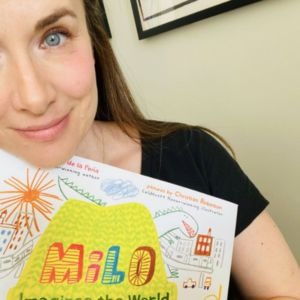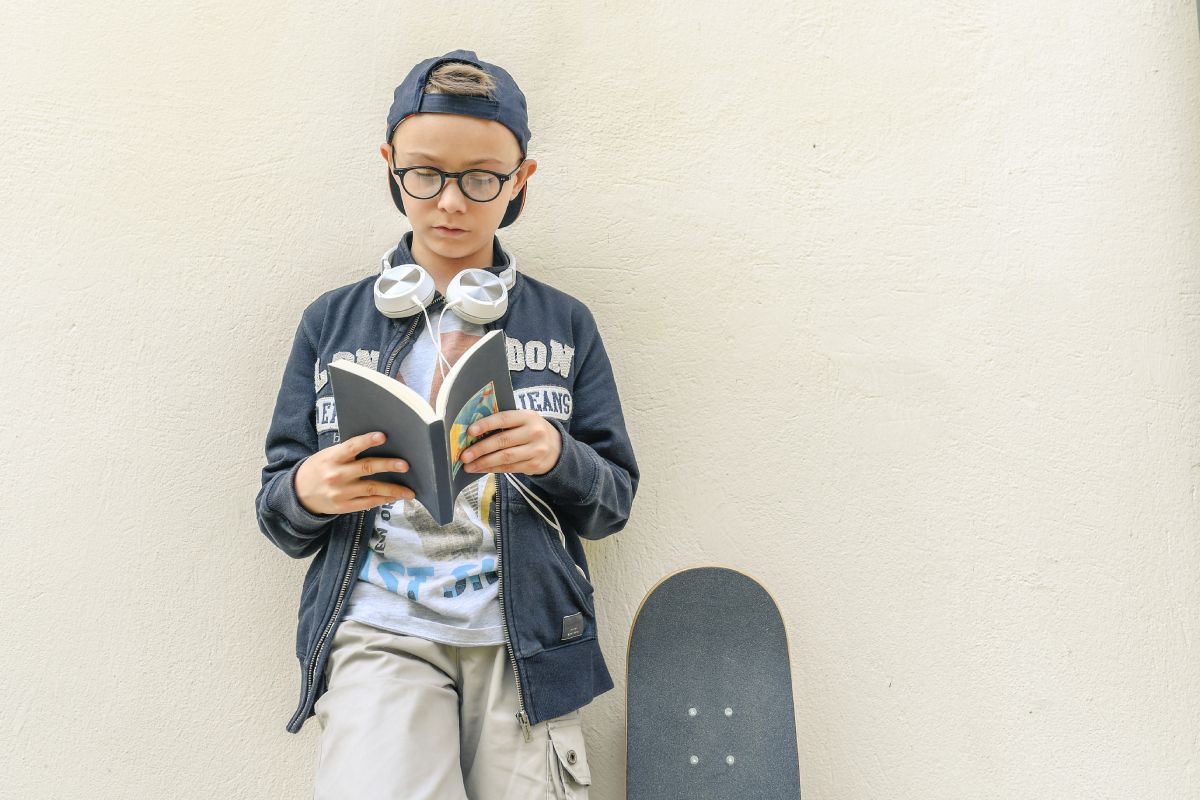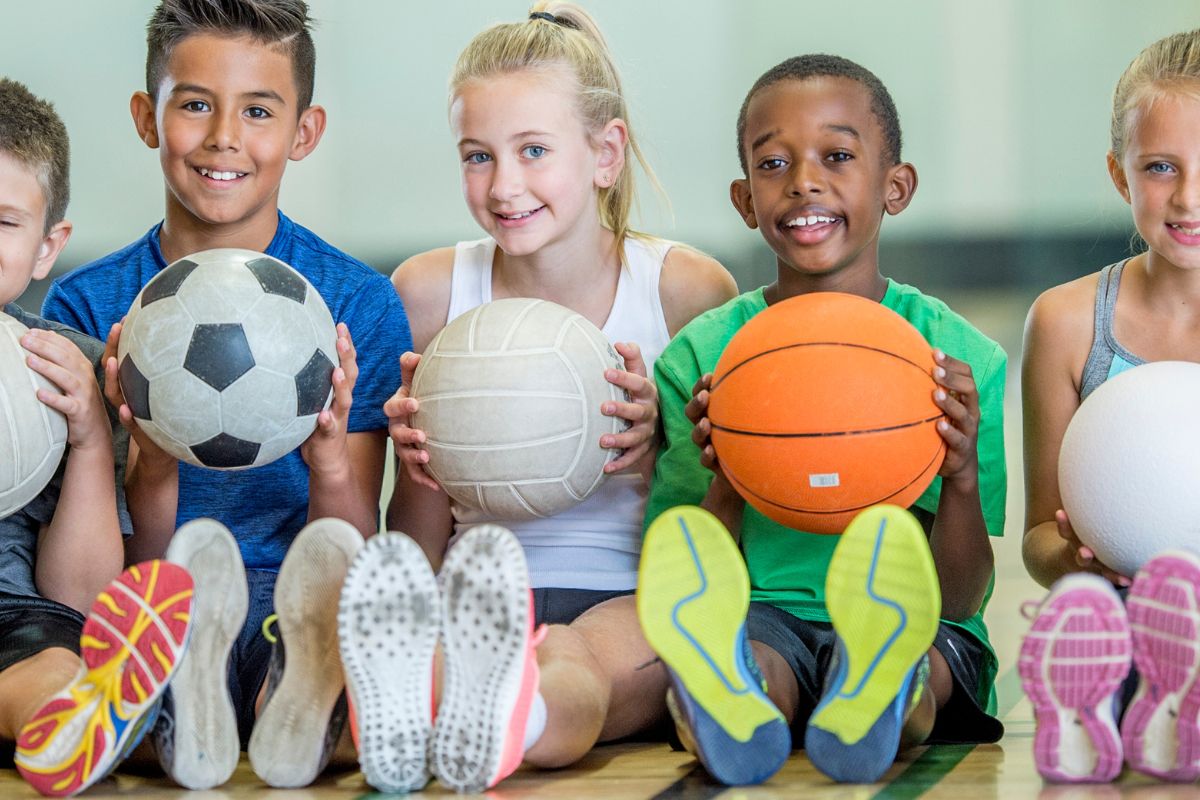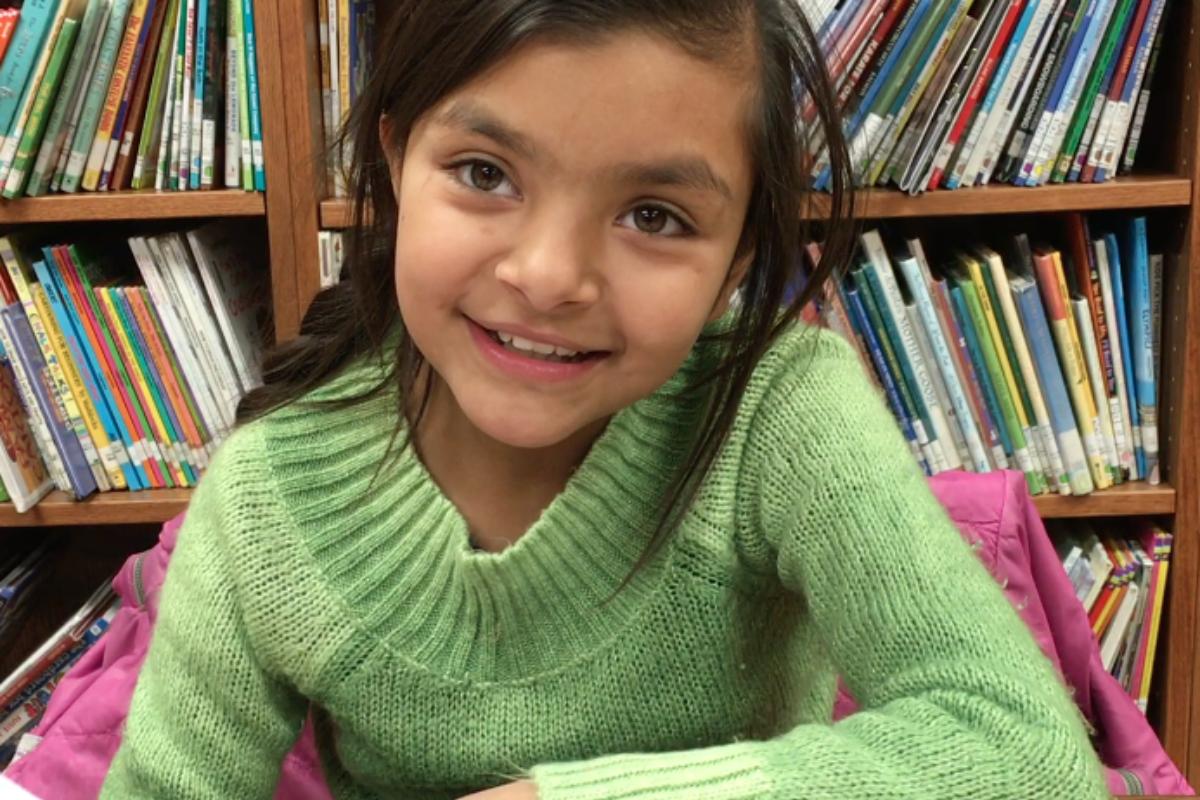Check Your Shelf: Blending Culturally Responsive Texts into Your Writing Workshop
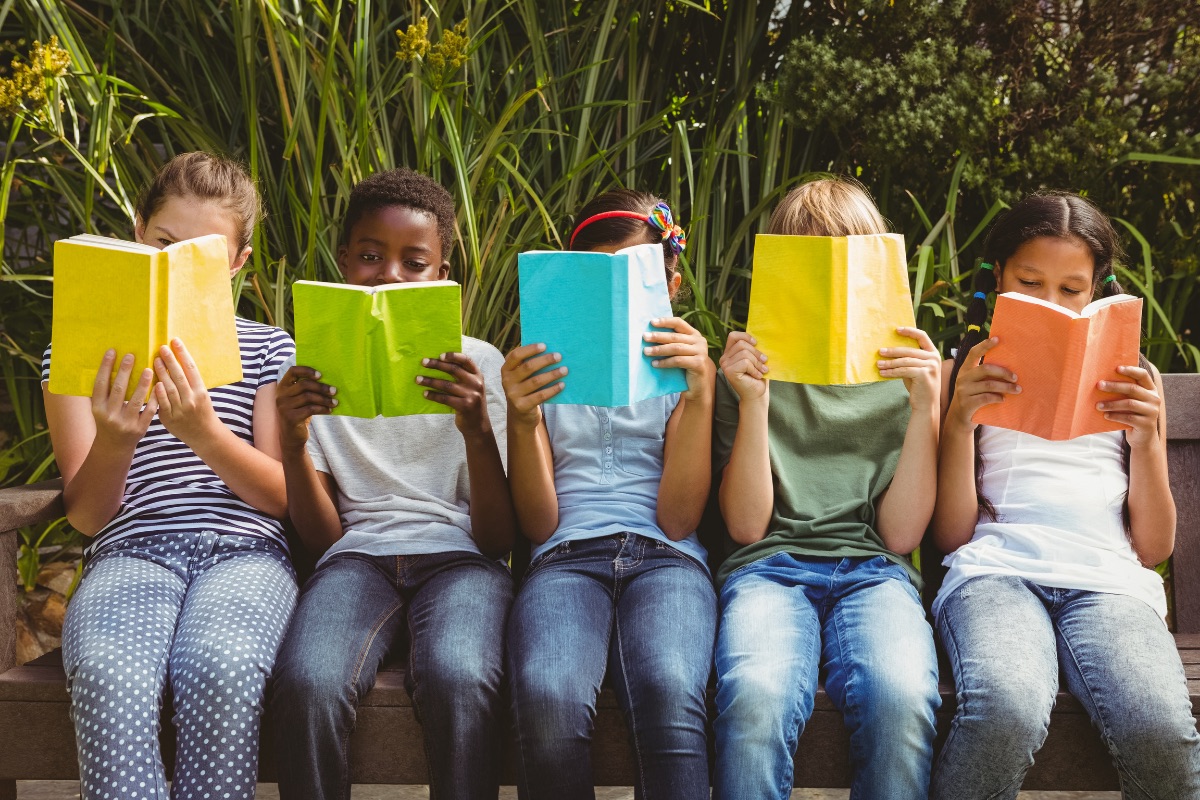
Across the country, school districts are seeking ways to ensure that all of our students feel valued, included, and empowered, under the heading of “Culturally Responsive Teaching”. The Culturally Responsive-Sustaining Education Framework, out of New York State, asks that educators, “…create student-centered learning environments that: affirm racial, linguistic and cultural identities; prepare students for rigor and independent learning, develop students’ abilities to connect across lines of difference; elevate historically marginalized voices; and empower students as agents of social change.”
Another organization based in Oregon, The Region X Equity Assistance Center (EAC) at Education Northwest, created a document entitled, A Guide to Evidence-Based Practices for Teaching All Students Equitably. This thirty-four page report quotes Dr. Bradley Scott, Director of the Intercultural Development Research Association’s (IRDA) Educational Transformation & Innovation Department. Dr. Scott suggests that one way districts can respond to the needs of their diverse learners is to “decrease dependence on packaged instructional materials and increase implementation of strategies and techniques targeted to the needs of specific student groups.”
As a staff developer and literacy consultant working in private and public elementary and middle schools, I am always searching for new mentor texts to integrate into Writing Workshops. I always tell teachers, half jokingly, that, “I spend my money on two things; shoes and picture books.” Recognizing this exciting and necessary shift in being more culturally responsive educators, my first reflex was to think about books as a conduit for this necessary change in our curriculum. With all of the shifting and adapting that teachers have been making over the last year and a half due to Covid 19, I wondered if there was a way to make this new shift connected to diversity, equity, and inclusion through books; specifically books that we use in our writing instruction as models/mentor texts.
Instead of culturally responsive teaching being seen as an “add on” to our regular daily instruction, I propose that we make it part of our regular daily instruction. Sharing mentor texts with characters who are telling their story, from their perspective, can be an effective (and efficient) way to integrate culturally responsive teaching into solid writing instruction. In reading more culturally diverse texts over the past year and a half, I have been able to educate myself on the things that educators often, yet benignly, assume about students. The familial structures in which our students are being raised, the languages we speak, and the food we eat are concepts to which I have been paying closer attention over the last few years. Simple constructs such as the clothing we wear, gender roles, race, religion, and even what we define as “home” (I have started using the word “home” instead of “house”, as I now recognize that many of our students do not live in a “house”, yet they all have a “home”) are simple yet powerful ways to be more inclusive.
So how might you begin to incorporate this work into an already flourishing Writing Worksop? Consider these picture books while you keep this blended approach in mind.
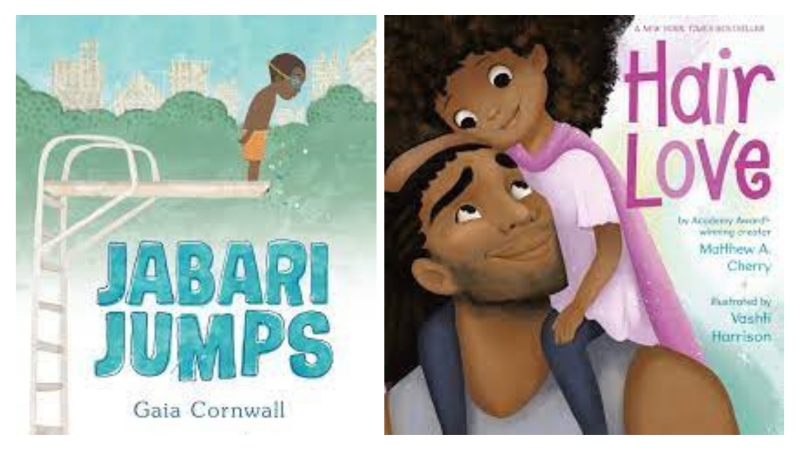
Books like Matthew Cherry’s Hair Love and Gaia Cornwall’s Jabari Jumps feature African American fathers as the lead characters, helping their children overcome obstacles. Both texts portray the bond between children and their fathers, a character often left out of traditional personal narratives for children. As mentor texts they also include techniques for teaching the following mini-lessons:
- Small moment narrative story structure
- Temporal phrases that move time for the reader
- Voice of the reader through the use of short and long sentences, repetition, and the use of varied end punctuation
- Engaging leads that hook the reader in from the first page
- Internal thinking
- Limited and meaningful dialogue
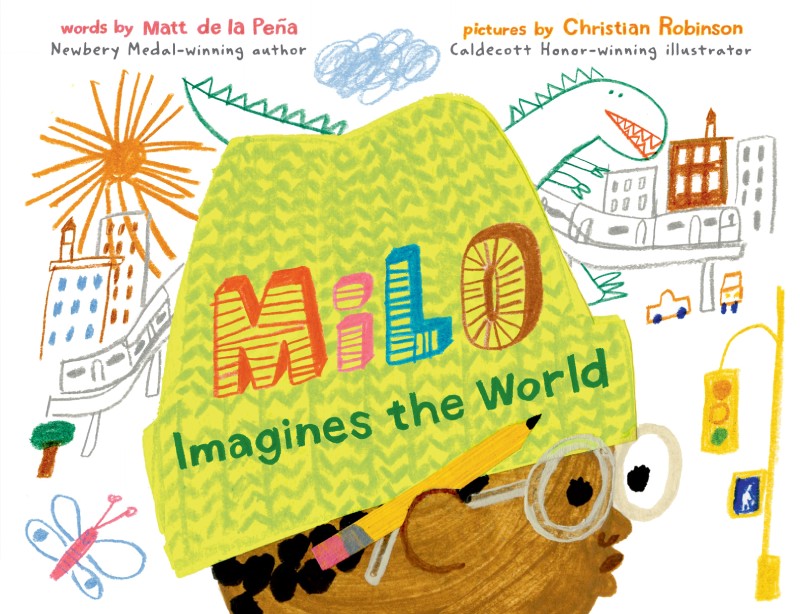
Matt de la Peña, Caldecott and Newbery Award winner, gives readers Milo Imagines the World, which serves multiple purposes as a mentor text. Milo and his sister take their monthly subway ride to an unknown place, somewhere that is both exciting and nerve-inducing for Milo. The surprise ending is both extremely moving and thought provoking as Milo wonders, “Maybe you can’t really know anyone just by looking at their face.” It features the perspective of the narrator as well as Milo’s own drawings and thoughts, making it a wonderful tool to show students the power of keeping a writer’s notebook at the start of the school year. Secondly, paired with Christian Robinson’s magnificent and fitting artwork, Matt’s poetic text gives students a chance to learn writing techniques such as:
- Sensory details
- Vivid verbs to make sentences come alive
- Similes bursting with emotion
- Alliteration
- Various sentence types and lengths
- Onomatopoeia
- Repetition
- Limited and meaningful dialogue
- Use of intentional sentence fragments
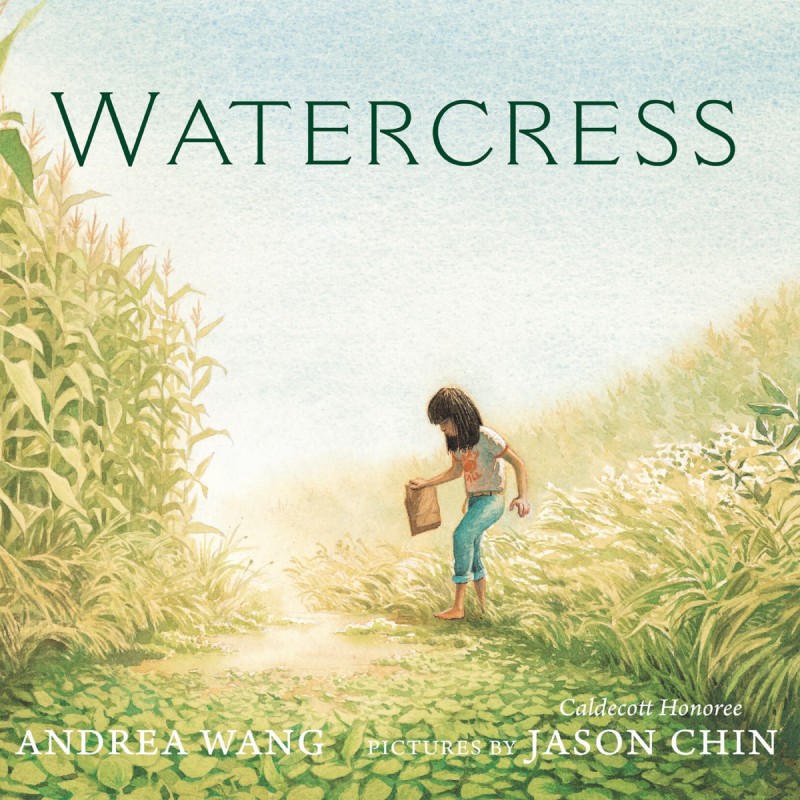
Watercress, a memoir written by Andrea Wang and illustrated by Jason Chin, shares the experience of a girl struggling to assimilate into the “mostly white town in Ohio” when her Chinese immigrant parents are still holding onto the customs and traditions of their life back in China. The angst in Wang’s words and the illustration of setting and facial expressions by Chin give student writers a plethora of strategies to borrow:
- Precise details to create pictures in the mind of the reader (adjectives, verbs, present participles)
- Similes that evoke emotion
- Limited and meaningful dialogue
- Juxtaposition
- Phrases with commas in a series
- Simple, compound, and complex sentences
- Internal thinking
- White space to slow down time
- Repetition
- Personification
Kate Hoefler and Corinna Luyken team up in creating one of the most powerful books I have come across when broaching the subject of what it truly means to make connections with the people in our world. Nothing in Common is one of those texts that you can read over and over and over again and still find ways to see things for the first time. Luyken’s red and blue paintings set the tone for a boy and a girl who believe they have nothing in common. Through the concern for a neighbor’s plight, the protagonists begin to see that their commonalities are much more rooted in empathy than outward appearances. As a mentor text, this book bursts with possibilities:
- Sentence length
- Use of intentional sentence fragments, white space, and line breaks
- Simple, compound, and complex sentences
- Repetition of phrases
- Prepositional phrases
- Personification
- Carefully selected adverbs and adjectives
- Use of an em dashes and colons
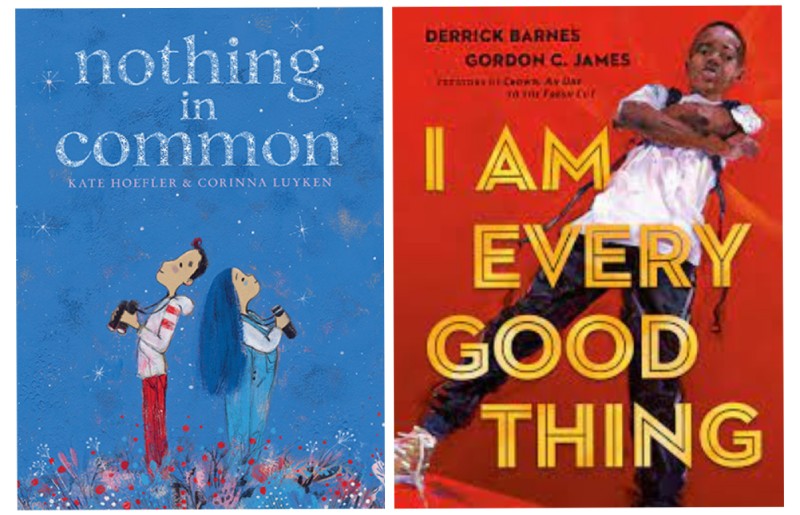
Featured on NPR’s “Picture This” as well as an appearance on The Drew Barrymore Show, Derrick Barnes’ I Am Every Good Thing shows the world the power and possibility of Black children, specifically, Black boys. Barnes and illustrator Gordon C. James created images and poetic verses describing the value of children who lack representation in children’s books. Using their own sons as figurative and literal models, this text empowers children to see themselves in every place and every space in their world. The majority of faces depicted in the text are real models that James hired to paint, including one of Barnes’ son, Silas, who appears on the cover. Alongside the bright and evocative paintings, Barnes’ words explode on the page and allow teachers to model many techniques for use in student writing:
- Compelling and expressive metaphors
- Alliteration
- Precise adjectives and nouns
- Powerful verbs
- Commas in a series and em dashes
- Voice and use of internal thinking
- Onomatopoeia
- Variety in length of sentences (fragments, simple, compound, and complex sentences)
- Prepositional phrases
As teachers, we are on a constant quest for more time in our day; searching for ways to work more efficiently, without losing the purpose and power in our instruction. Using the above practice, teachers can save time coupling mentor texts that promote culturally responsiveness and explicit writing instruction. So go ahead and check your shelf. See what books you already have and what you may need. Because utilizing books like these, in an authentic and routine manner, allows all of our students and their experiences to be seen, heard, and included… each and every day.
Barnes, Derrick (2020) I Am Every Good Thing (G.C. James). Nancy Paulsen Books.
Culturally Responsive-Sustaining Education. New York State Education Department. (n.d.). http://www.nysed.gov/crs.
Cherry, Matthew. (2019). Hair Love (V. Harrison, Illus.). Kokila.
Cornwall, Gaia. (2020). Jabari Jumps. Candlewick Press.
de la Peña, Matt. (2021). Milo Imagines the World (C. Robinson, Illus.). G.P. Putnam’s Sons Books for Young Readers.
Hoefler, Kate. (2020). Nothing in Common (C. Luyken, Illus.). Houghton Mifflin Harcourt.
Melo, R. (2016, August 2). Culturally Responsive Teaching: A Guide to Evidence-Based Practices for Teaching All Students Equitably. Education Northwest. https://educationnorthwest.org/resources/culturally-responsive-teaching-guide-evidence-based-practices-teaching-all-students.
Wang, Andrea (2021). Watercress (J. Chin, Illus.). Neal Porter Books.

